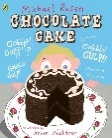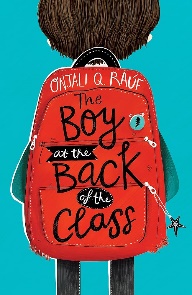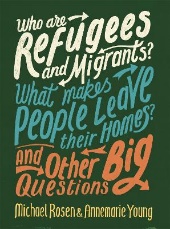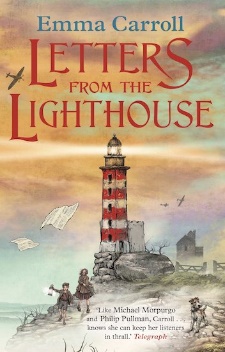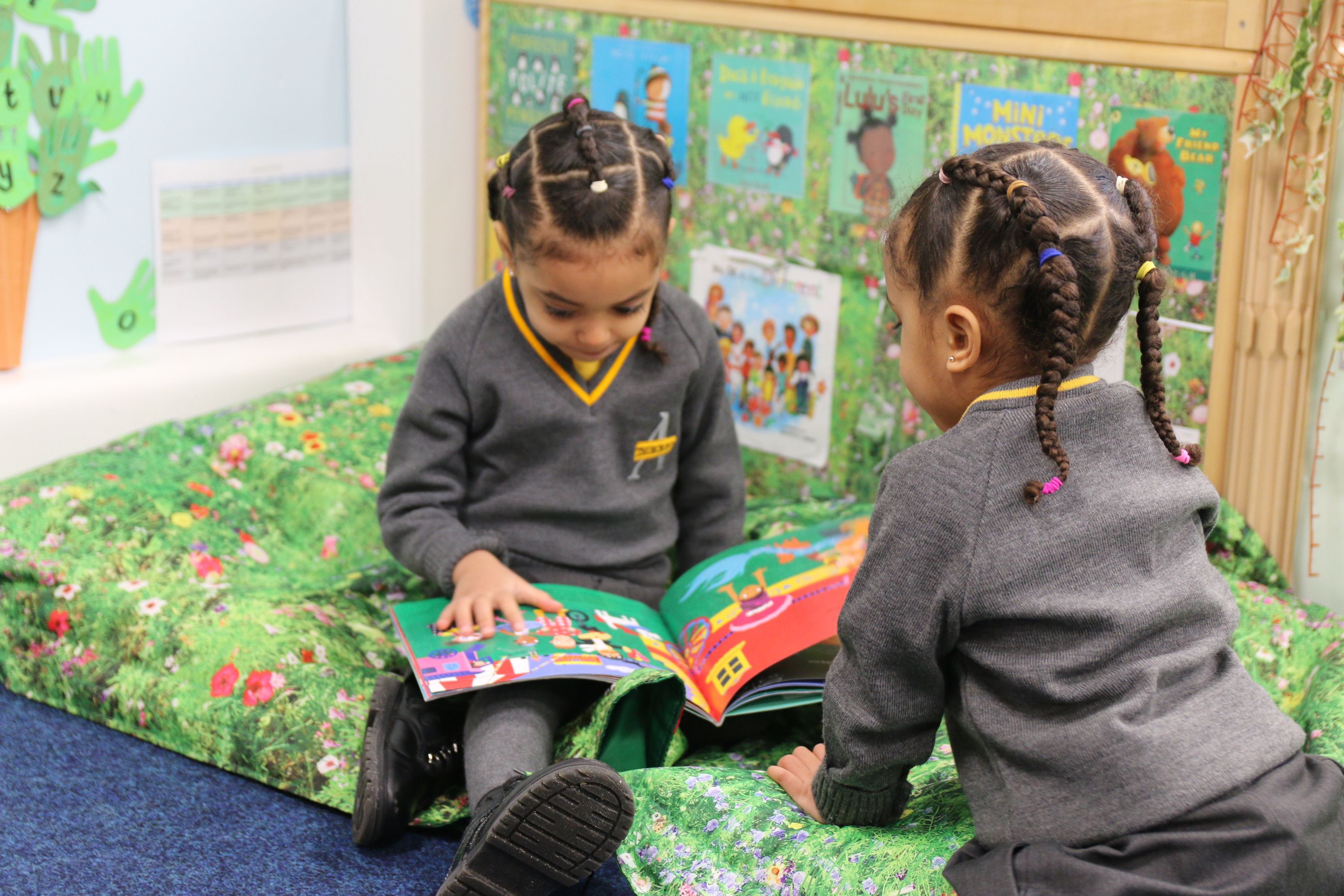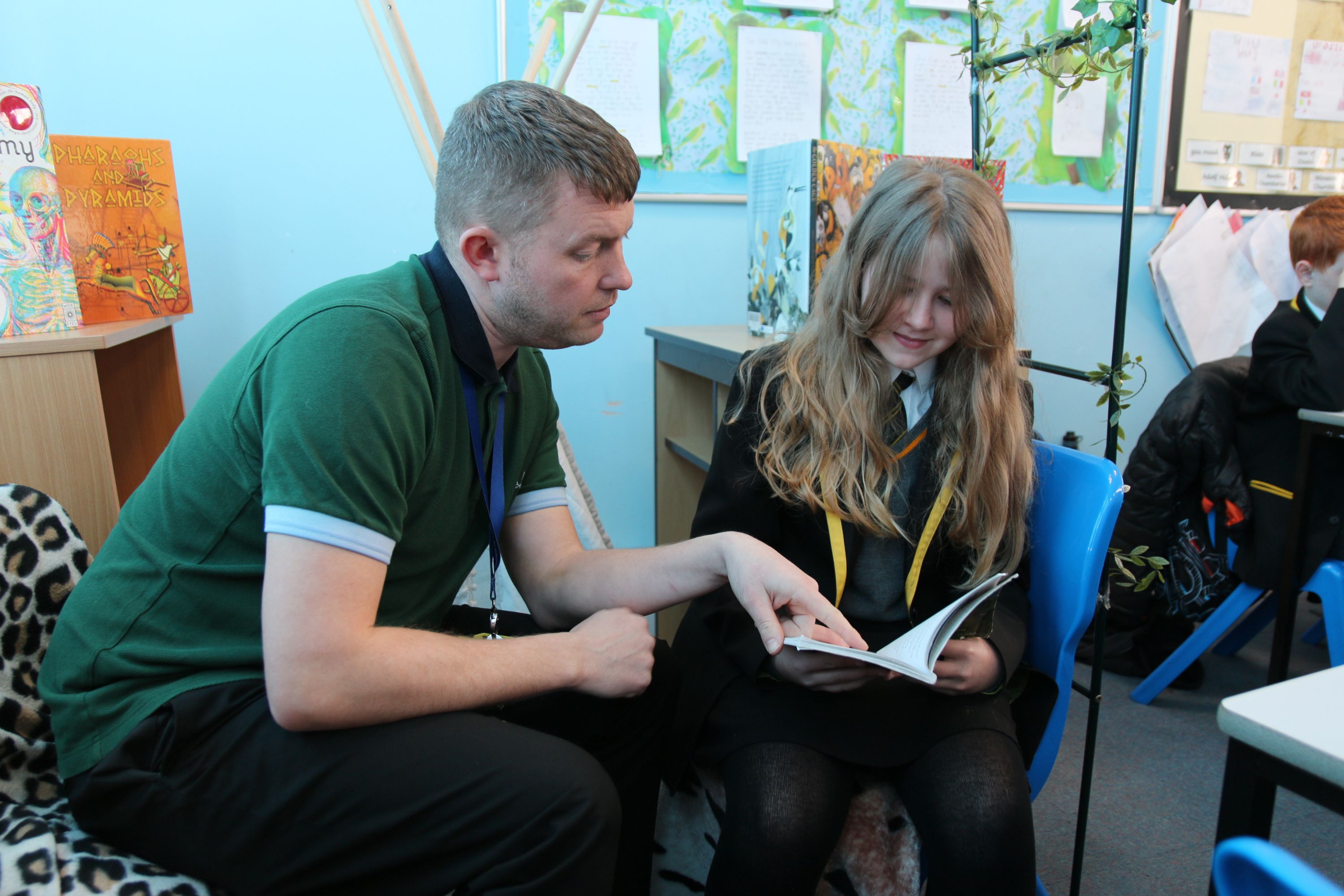Reading and Phonics
Reading
Reading is a key priority at Thurcroft Junior Academy and is at the heart of everything that we do: our aim is to develop fluent readers who have a love of reading.
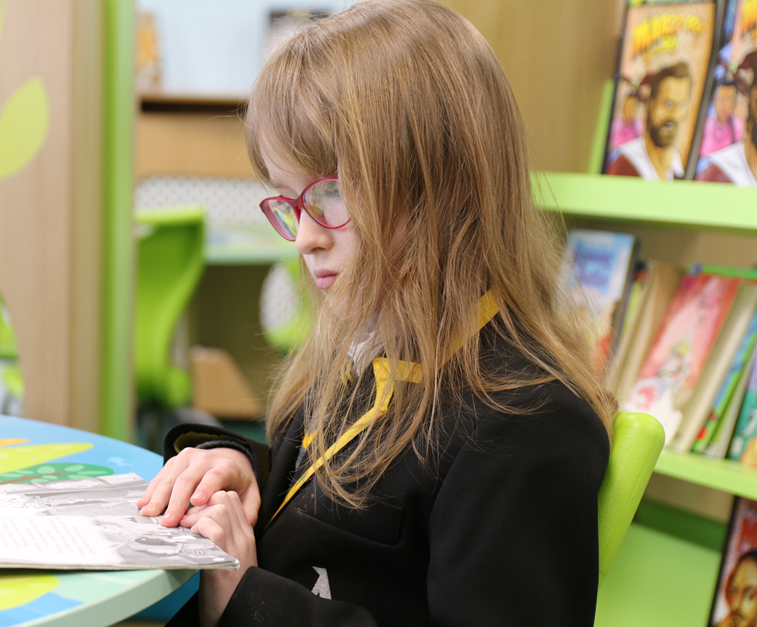
Phonics@Thurcroft
Thurcroft Junior Academy follows the ACET Phonics Scheme. If children are not yet fluent in reading upon joining our academy in year three, then they will complete systematic synthetic phonics lessons four times per week, alongside reading retrieval intervention.
What is phonics?
Phonics is a way of teaching children how to read and write. It helps children to hear, identify and use different sounds that distinguish one word from another in the English language. Written language can be compared to a code, so knowing the sounds of individual letters and how those letters sound when they’re combined will help children decode words as they read. Understanding phonics will also help children know which letters to use when they are writing words. Phonics involves matching the sounds of spoken English with individual letters or groups of letters. For example, the sound k can be spelled as c, k, ck or ch. Teaching children to blend the sounds of letters together helps them decode unfamiliar or unknown words by sounding them out. For example, when a child is taught the sounds for the letters t, p, a and s, they can start to build up the words: “tap”, “taps”, “pat”, “pats” and “sat”.
How is Phonics taught?
Phonics lessons take place four times per week that are fast paced and repetitive so that children make lots of progress, quickly. The phonics groups are streamed, which means children are in a group that matches their ability based on assessments. The small groups are taught by phonics experts, who tailor the lessons to ensure that children’s needs are met and that the ‘recap’ part of the session revisits the sounds that children need. All phonics lessons are structured and delivered in the same way, meaning all children receive the same high-quality learning experiences. The knowledge of sounds and ability to apply this knowledge to reading words is assessed each half term by class teachers and phonics experts and the children are grouped accordingly.
When do pupils learn Phonics?
Phonics starts in Nursery. The focus isn’t on reading words just yet but on learning all the vitally important skills to help to move onto reading words. Listening skills are developed and pupils will practise making sounds with their bodies and their mouths. They also develop their Fine Motor Skills, ready for holding a pencil (all these skills are in Phase 1). When ready, letter sounds are taught. (Phase 2).
We work in close partnership with Thurcroft Infant School and on transition to Year 3, information is shared in relation to each child’s phonics learning. As in any ACET Junior Academy, all Year 3 pupils will complete a phonics baseline test at the start of the new academic year to ensure teachers have a thorough understanding of each child’s phonics acquisition.
In Year 3 onwards, some pupils may still have gaps in their phonics knowledge, extra catch-up sessions known as ‘grid time’, is used as an intervention to rapidly teach and overlearn any missing sounds.
If at any point the pupils find something tricky or they join mid-year and have missed parts of phonics, teachers are very quick to ensure they have extra support in order to catch up through interventions such as ‘grid time’.
In all the phases, pupils will be taught Tricky Words and High Frequency Words these words are expected to be sight read, there should not be any sounding out of these words.
Things to know about phonics
- Sounds are taught in a very specific order (the books match this order).
- Phonics is used as the main a way to read a word. E.G. When stuck, the strategy to use is ‘sound it out’ (e.g. sh – o – p), look for the sounds (e.g. noticing the ‘th’ in bath) split it up (e.g. f – ar – m = farm, y – ar – d = yard, farmyard).
- Pictures are NEVER used to help read a word.
- Some words are tricky words (see attached list) and these must be read by sight, with no sounding out.
Reading in KS2
We follow a reading into writing curriculum as part of our English lessons where children explore high-quality, age-appropriate and engaging texts. Children explore the characters, settings and plots of the texts that they read and the features that the author uses in their writing. Children will then apply this knowledge into their own writing, being inspired by the books that they have read and drawing upon their knowledge of the text.
Reading into writing texts
|
Year Group |
Autumn 1 |
Autumn 2 |
Spring 1 |
Spring 2 |
Summer 1 |
Summer 2 |
|
Year 3
|
Stone Age Tales– The Great Storm – Terry Deary
|
|
The Wild Robot – Peter Brown
|
Hotel Flamingo – Alex Milway
|
The Ancient Egypt Sleepover
|
The Day I fell into a Fairytale - Ben Miller |
|
Year 4
|
The Firework-Maker’s Daughter – Phillip |
The Night we got stuck in a story – Ben Miller
|
What a Waste – Jess French
|
How to Train Your Dragon – Cressida Cowell |
The Last Bear – Hannah Gold
|
|
|
Year 5
|
Rooftoppers –
|
Nevermoor –
|
Pig Heart Boy – Malorie Blackman |
Holes –
|
Malamander Thomas Taylor
|
|
|
Year 6
|
The Ship of Doom –
|
Wonder – R.J. Palacio |
|
|
The Explorer –
|
Kensuke’s Kingdom – Michael Morpurgo
|
Alongside our reading into writing curriculum, children follow a progressive reading curriculum. This allows our children to be exposed to an increased number of texts and read and discuss the texts in detail. Reading lessons take place 9:00 – 9:45, five days per week. With their class teacher the children will explore a text, it’s ideas and discuss questions and themes that arise. The children will read aloud through echo reading and partner reading to enable them to practise fluency and prosody.
Engaging and exciting texts with key themes for exploration are chosen with purpose to ensure that the children get the very most from the texts that they read. A key text is chosen as a focus with ‘branching out’ non-fiction and poetry to supplement as an opportunity to access different kinds of texts.
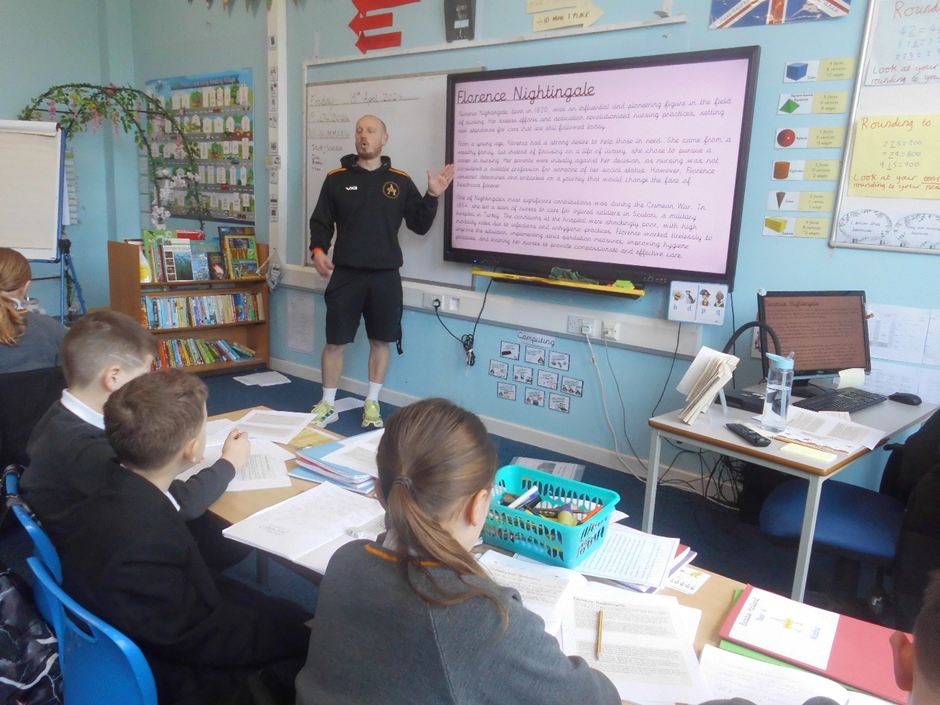
Children are given opportunities to answer questions based on a text focusing on retrieval, inference, vocabulary, prediction, summarising and explaining.
Reading lessons take a mainly discussion-based approach Monday – Wednesday. On Thursday, children follow the discussion-based model but at the end of the lesson, independently answer written questions based on what they have read and discussed. On a Friday, children read a completely new text independently and independently answer questions about what they have read.
Please see below, the Summer 1 Reading Overview –
Thurcroft Junior Academy Reading Lesson coverage – Summer 1
|
Year Group |
Driver Text |
Branching out – non-fiction 1 week |
Branching out – poetry 1 week |
|
Year 3 |
Varjak Paw S.F Said
|
Crazy about Cats Owen Davey
|
The Owl and the Pussycat Edward Lear Cat Ted Hughes
|
|
Year 4 |
The Great Chocoplot Chris Calagan
|
How does Chocolate taste on Everest?
|
Chocolate Cake Michael Rosen A poem’s a chunk of chocolate
Denise Rodgers |
|
Year 5 |
Boy at the Back of Class Onjali C. Rauf
|
Who are Refugees and Migrants? What Makes People Leave their Homes? And Other Big Questions Michael Rosen and Annemarie Young
|
Refugees Brian Bilston We refugees Benjamin Zephaniah
|
|
Year 6 |
Letters from the Lighthouse Emma Carroll
|
Alan Turing |
Poems from the Second World War Gaby Morgan
|
Thurcroft Junior Academy Reading Lesson coverage – Summer 2
|
Year Group |
Driver Text |
Branching out – non-fiction |
Branching out - poetry |
|
Year 3 |
Secrets of a Sun King
|
|
|
|
Year 4 |
Happy Here
|
|
Page 177 – Asha is Rockstar Poem
Benjamin Zephaniah – Good Hope |
|
Year 5 |
The Secret of Platform 13
|
|
Jabberwocky – Lewis Carroll
The Walrus and the Carpenter – Lewis Carroll |
|
Year 6 |
The Fastest Boy in the World
|
|
|
Home Reading
Thurcroft Junior Academy’s main focus is to improve reading by developing the children’s fluency (reading accurately without lots of sounding out), therefore pupils will only have their book changed once per week. This will allow them to become fluent and confident in what they are reading. It is an expectation that all children read at home at least four times per week: this will develop children’s fluency and understanding of the texts that they read.
Pupils accessing phonics lessons or phonics interventions will reinforce their reading at home through fully decodable phonics books, in line with what they are learning and accessing in their phonics sessions. This gives pupils the opportunity to practise what they have been learning in school. Pupils will read books that are from the phase before the phase of phonics that they are currently learning (for example, a child who is learning sounds from phase 5F phonics, will read a phase 5E book). If a pupil is reading a phonics books, then please be aware that they should be able to read 100% of the book using the phonics they have been taught. This may appear as ‘easy’ but this is to aid fluency and give them the chance to practise what they have been learning.
When you hear your child read at home, check the inside cover for any words they need to be taught before they begin.
The table below shows the different books pupils will take home:
|
Children learning phonics |
Phase 1 – 2a |
· Wordless Book (enjoy together) · Library Book (adult to read it to them) |
|
Phase 2b-5f |
· Phonics Book (read to an adult) · Library Book (read together or adult to read it to them) |
|
|
Children secure in phonics |
Coloured Book Bands Secure in all of phonics |
· Coloured Book Bands (read to an adult) · Library Book (read together or adult to read it to them) |
We ask that parents sign planners when their child has read at home (we expect a minimum of at least four times per week).
Our Library
At Thurcroft Junior Academy, we are lucky enough to have a wonderful library filled with high quality texts that children are able to enjoy. Children visit the library with their class once per week and are able to choose a book that they can enjoy reading both at home and at school. We allow the children to have free choice when picking a library book, therefore, the books that children choose may not always reflect their reading ability. We would suggest that library books are to read and enjoy together.
Thurcroft Community Library
Our children have visited the new Thurcroft Community Library. They explored the books, listened to a story and completed some colouring too. They all had a fantastic morning! All children were given an application form to join the library. Did you know it is free to join? Once you are a member you can borrow up to 20 books at a time! Please return any completed application forms to Thurcroft Library to sign up.
Reading for pleasure
At our school we want our children to love reading, therefore our class teachers choose exciting and engaging texts for their learning that will excite the children.
Each classroom has an inviting reading corner, where children are able to spend time reading, choosing books and sharing the texts that they have enjoyed. The bookshelves in each classroom are filled with up-to-date, age-appropriate and engaging texts that cater to the children’s wide range of interests. Children have twenty minutes of dedicated reading time each day, where they can read texts alone, with their peers and with adults. Choice is vital to developing reading for pleasure, therefore, children can choose to read a book from their class bookshelf, their school banded reading book, or their library book during this time. As part of our dedicated reading time, children are encouraged to talk about what they have read with adults and make recommendations to their peers.
As previously mentioned, each class visits the library once per week for around 20 minutes, where they can browse for books and read in a space dedicated to reading. We also have our library open at lunchtimes for children who wish to use it.
We also have an after school reading club, where children read and share stories together.
We have been lucky enough to have the Rotherham School Library Service into school to complete small ‘book study’ groups with children across years three to six and have invited authors into our school (both in person and virtually), as well as, having an affordable book fair visit each year.
At the end of each day, children take part in ‘Reading for Pleasure’ time, where they read and enjoy a range of stories with their class teacher.
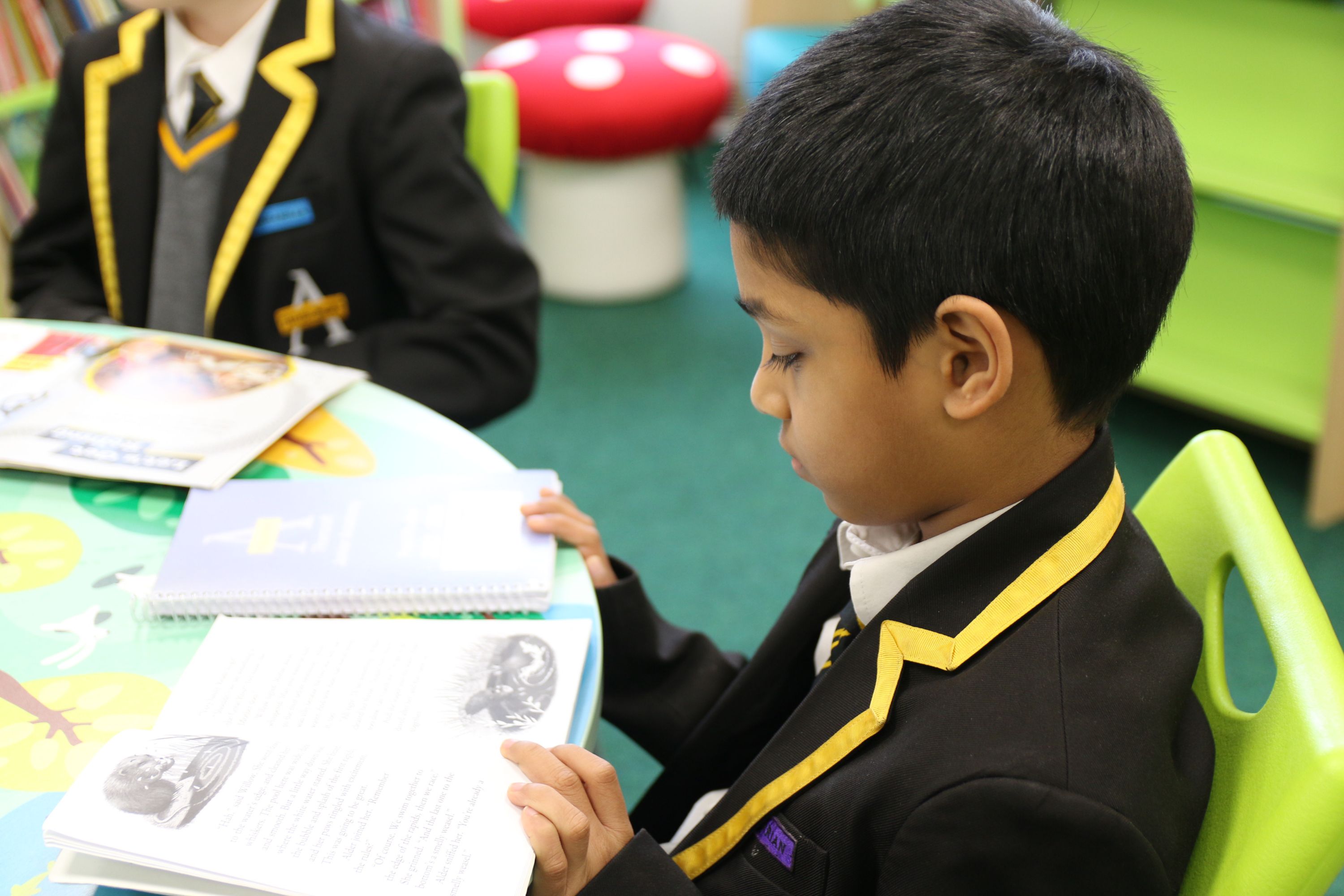
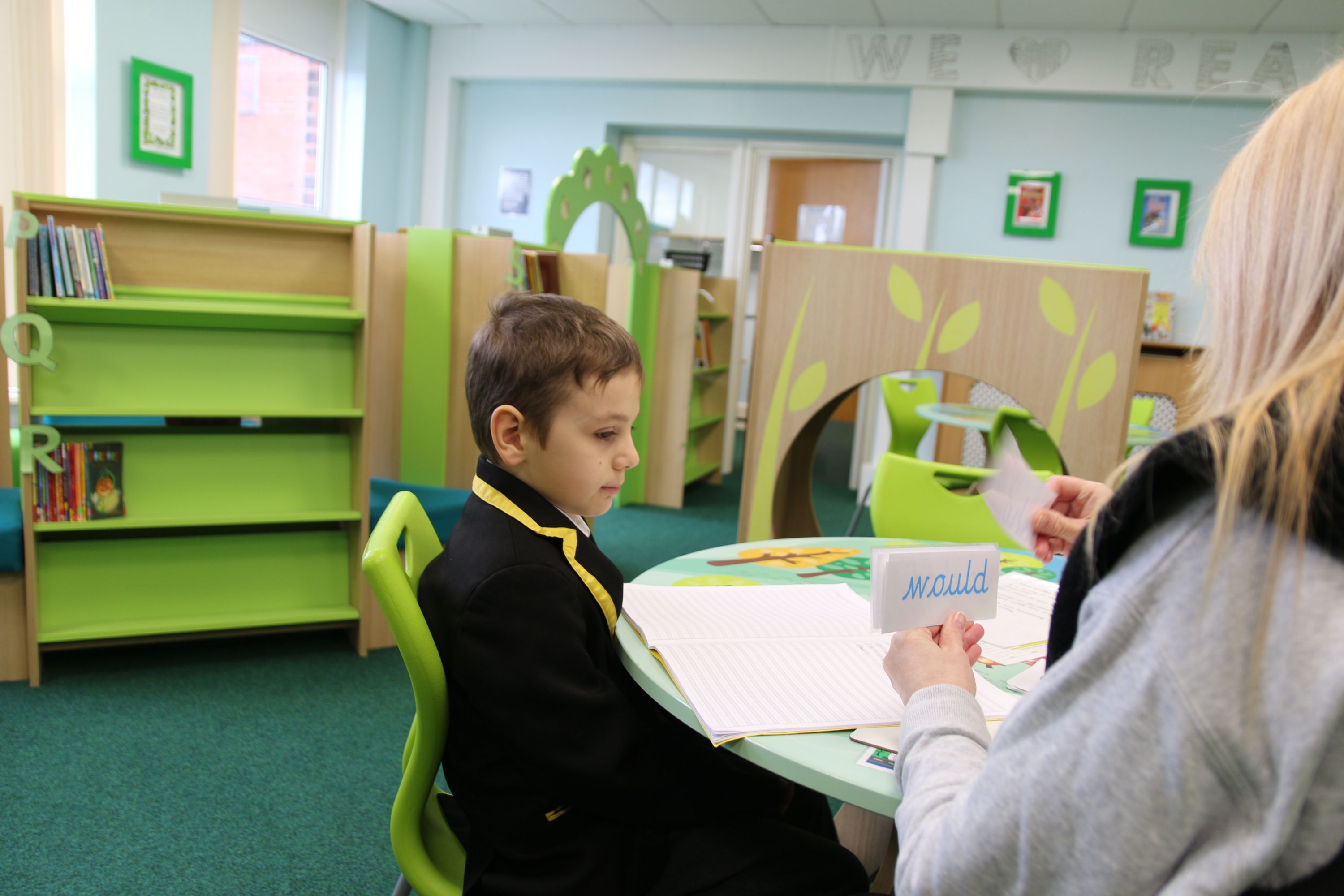
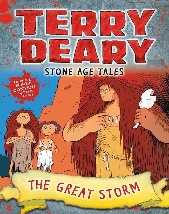
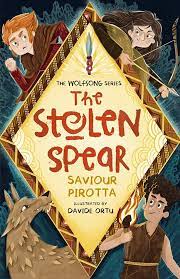 The Stolen Spear – Saviour Pirotta
The Stolen Spear – Saviour Pirotta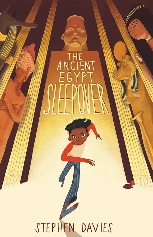 Stephen Davies
Stephen Davies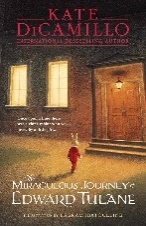 The Miraculous Journey of Edward Tulane – Kate DiCamillo
The Miraculous Journey of Edward Tulane – Kate DiCamillo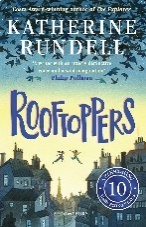 Katherine Rundell
Katherine Rundell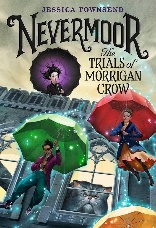 Jessica Townsend
Jessica Townsend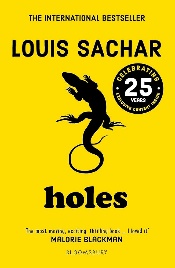 Louis Sachar
Louis Sachar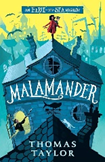
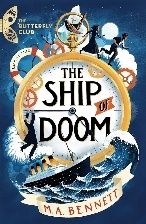 M.A. Bennett
M.A. Bennett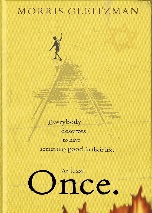 Once – Morris Gleitzmann
Once – Morris Gleitzmann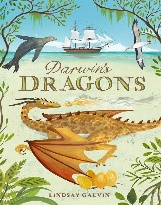 Darwin’s Dragons – Lindsay Galvin
Darwin’s Dragons – Lindsay Galvin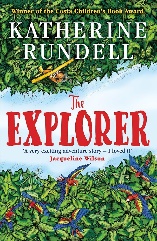 Katherine Rundell
Katherine Rundell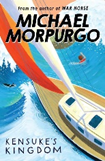
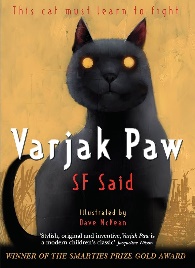
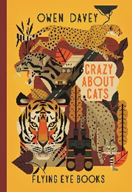
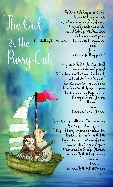
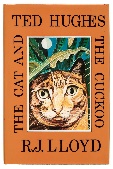
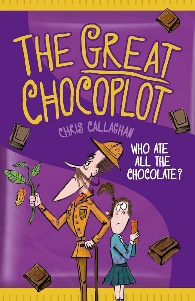
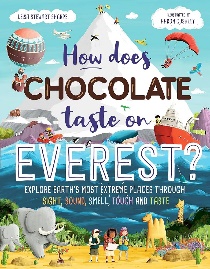 Leisa Stewart-Sharpe
Leisa Stewart-Sharpe